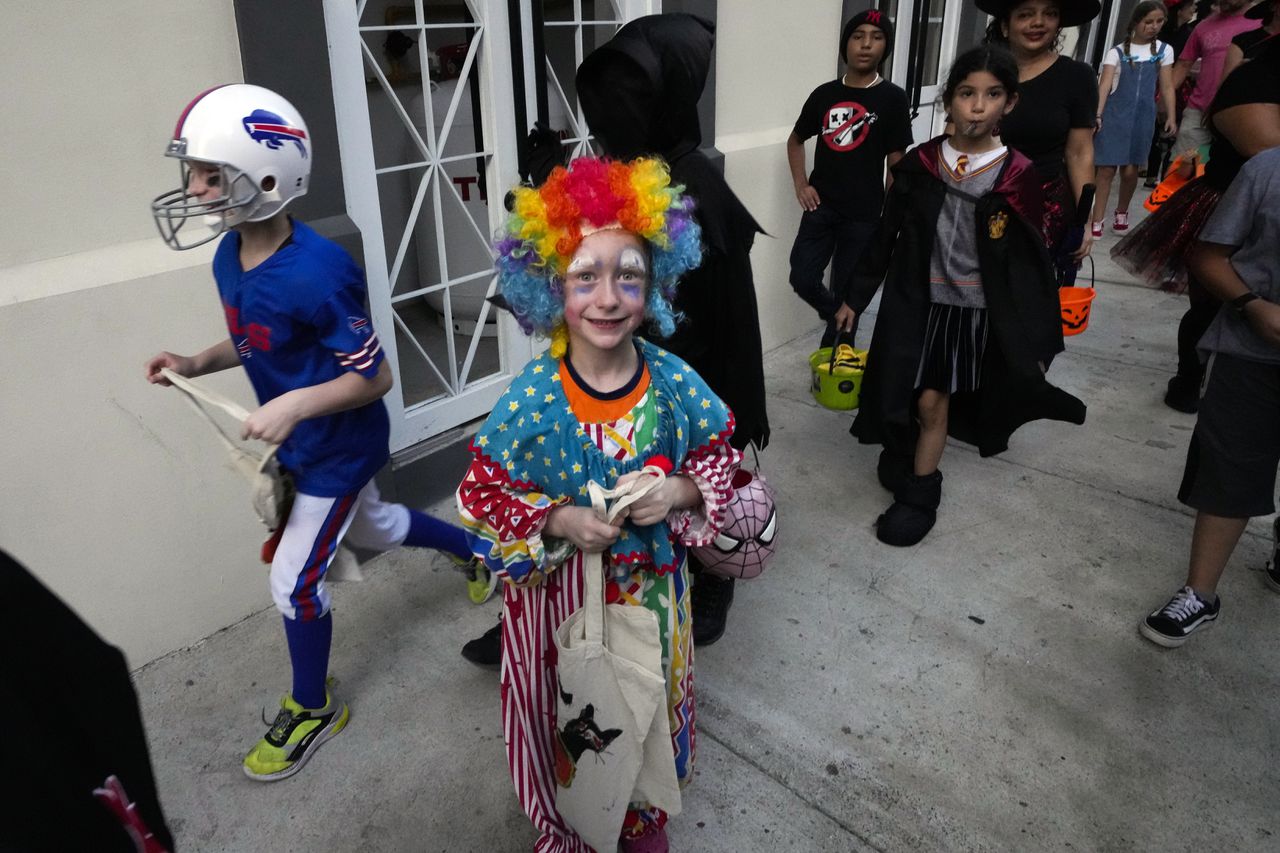Halloween safety: What age can children go trick-or-treating by themselves? Costume tips, more
Halloween is fun for all ages but, before you head out for your trick-or-treating, there are some safety tips you need to know.
One of the biggest has to do with the age at which children are old enough to make the rounds themselves.
While each child is different – and obviously parents have to make the ultimate decision – the Alabama Department of Public Health recommends that all children ages 12 and younger be accompanied by an adult. Children who are mature enough to go out alone should stick to familiar areas that are well-lit and should trick or treat in groups. Parents and children should also agree on a specific time to be home, ADPH recommends.
READ MORE: What time does trick or treating start where I live?
In addition, all trick-or-treaters should:
- Use sidewalks and paths.
- Put phones down and keep your eyes up.
- Cross streets at the corners, using traffic signals and crosswalks.
- Teach children never to enter a stranger’s car or home.
- Motorists: watch for children walking on roadways, medians, or curbs, and enter and exit driveways and alleys carefully.
READ MORE: How old is too old to trick or treat?
More safety tips
For costumes:
- Consider face paint or cosmetics instead of masks, as masks can slip and obstruct a child’s vision. If a mask is worn, be sure it fits securely and allows full vision.
- If makeup is used, test it in a small area first to see if any irritation develops.
- Do not use decorative contact lenses from costume shops, online stores, flea markets, or anywhere that doesn’t require a prescription. Decorative lenses purchased without a prescription may not fit properly, increasing the risk of scratches or ulcers which can lead to scarring, infection, reduced vision or total vision loss.
- Don’t let children wear costumes that are too long, as these can be tripping hazards.
- Allow children to carry only flexible knives, swords, or other props. Anything they carry could injure them if they fall.
- Decorate costumes, bags, and sacks with reflective tape and stickers or use costumes that are light or bright enough to make children more visible at night.
- Have children carry glow sticks or flashlights to help them see and be seen by drivers.
- Look for flame-resistant labels on costumes, masks, beards and wigs. Also, avoid costumes made of flimsy material and outfits with baggy sleeves or billowing skirts that can come in contact with an exposed flame such as a candle.
Treats
- Parents should warn children to bring their treats home before eating them so that they can ensure that items have not been tampered with and are safely sealed.
- Inspect fruit surfaces closely for punctures or holes, wash fruit thoroughly, and cut each piece open before allowing a child to eat it.
- Throw away any suspicious fruits, candy, toys, novelty items, or items small enough to present a choking hazard.
- Consider using fruits and vegetables to create fun, healthy party treats for children.
Decorations
- Use flameless candles outside, or keep burning candles and jack o’ lanterns away from areas where children’s costumes could brush against the flame.
- Keep lit candles and jack-o’ lanterns away from curtains and decorations inside.
- Remove trip hazards from lawns, steps, and porches when expecting trick-or-treaters.
- Use decorative light strands that have been tested for safety by a recognized testing laboratory. Check strands for broken sockets, frayed wires, or loose connections.
- Don’t overload extension cords.
